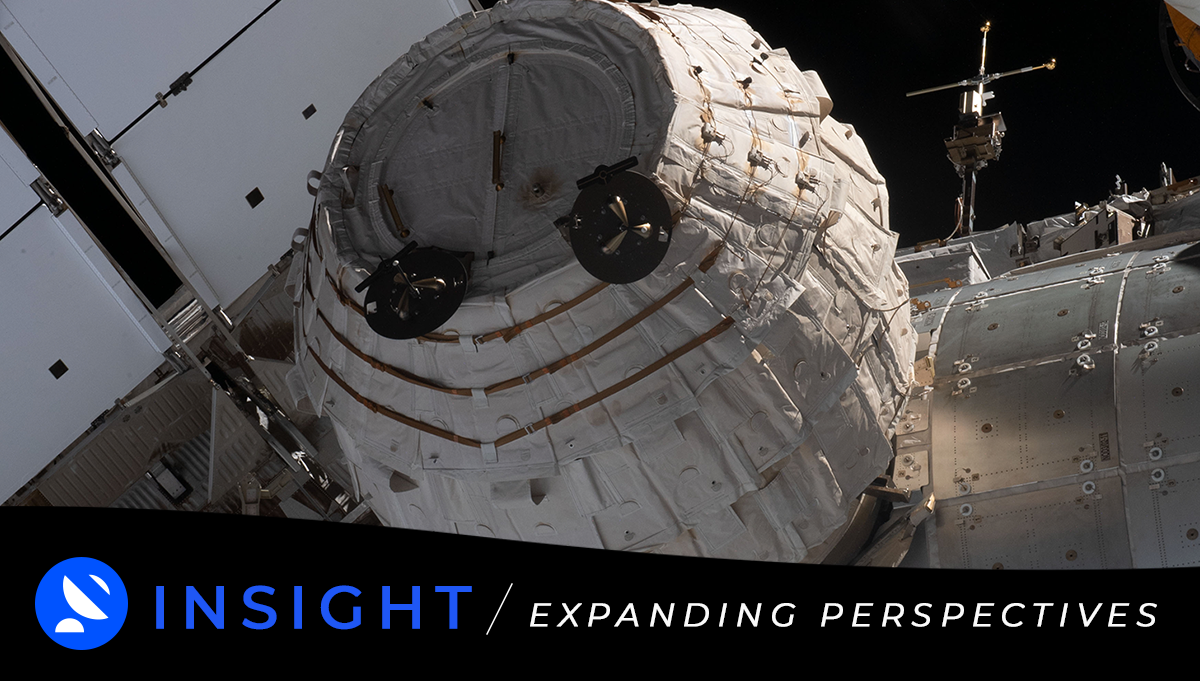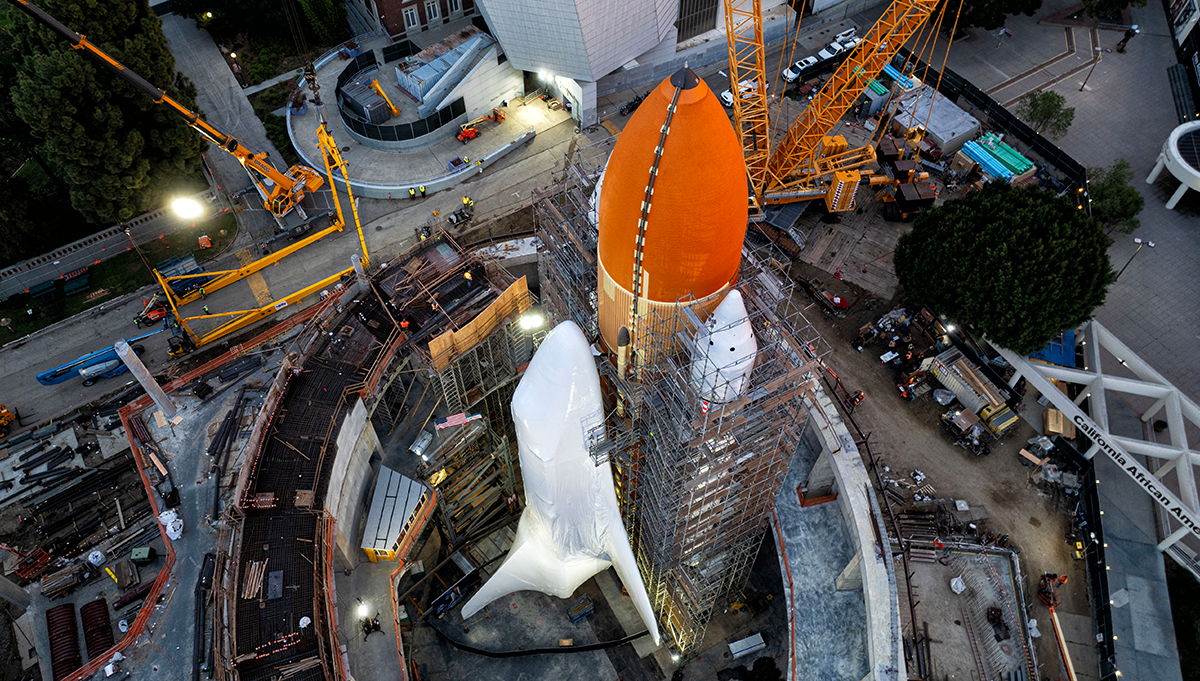October 29, 2010 Vol. 3, Issue 10
NASA project teams have a range of tools and processes for identifying and understanding technical risks. Other kinds of risks are more elusive.
Space flight projects always carry risks. Over the last 50 years, practitioners have developed sophisticated methodologies, such as fault tree analysis, failure mode and effects analysis, fishbone diagrams, and probabilistic risk assessments, to characterize and understand technical risks. These are critical tools of the trade. There are other kinds of project risks, however, which are less clearly analyzed and understood. There is political risk, which primarily manifests itself in funding decisions by NASA’s stakeholders. There are also risks within the project team and the organization, which I’ll call social risks. This is the dominant factor that drives a project toward success or failure. These risk include (but are not limited to) failing to:
- Ensure clear vision, goals and project requirements.
- Define clear roles, responsibilities and accountability.
- Build an effective team with open communications that extend to industry, academia and international partners.
- Avoid the normalization of deviance, confirmation bias, and other behavioral traps that lead to poor decisions.
We know these risks exist because they appear repeatedly in failure and anomaly reports, yet we don’t track or develop plans to mitigate them like we do with technical risks. While teams assign experts to stay on top of technical risks, social risks are often not defined or assigned to any specific team members.
The Academy employs several learning strategies to increase awareness of these risks among NASA practitioners. Our training courses draw extensively from real-life examples of previous NASA projects. We provide direct support to project teams, including team-building workshops that focus on these issues. Our knowledge sharing forums, publications, and case studies also serve as venues for practitioners to share stories about these issues.
Risk will always be a part of space flight. When we properly account for the role of people in proposing, designing, building and operating a system, we take a step toward improving our understanding of the risks that are inherent in teams of highly skilled experts working together on complex one-of-a-kind projects. There is still room for growth.





